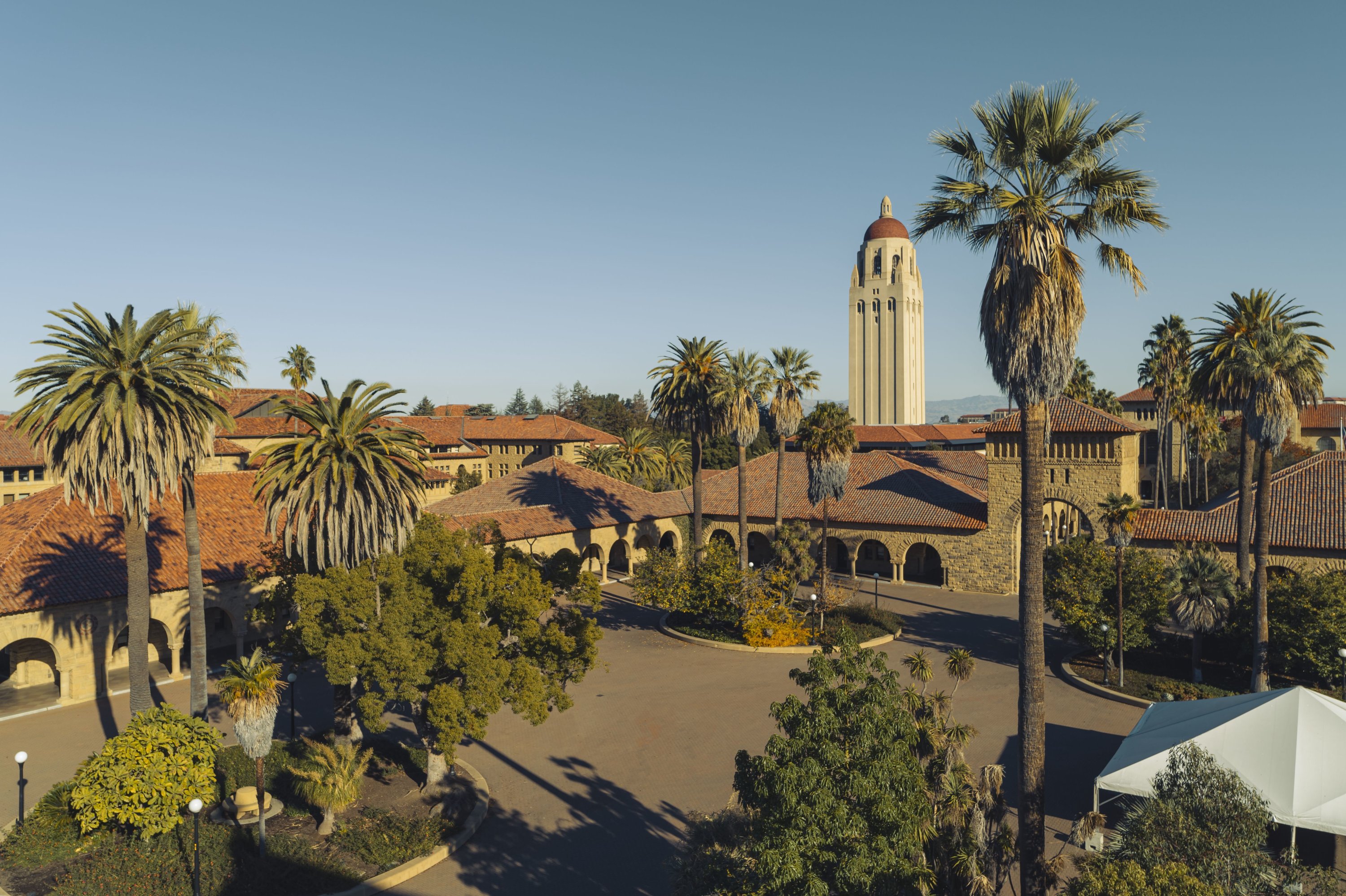The PEERs
The PEERs are paid undergraduate (and co-term) peer educators that Prevent harms, Educate about holistic health and well-being, Empower our community, and Refer students to campus resources. They are trained in the fundamentals of public health as it relates to the following topic areas: substance use, sexual citizenship, and mental health and wellbeing.
More About the PEERS Program

The PEERs (prevent, educate, empower, refer) Program is a collaboration between the Office of Substance Use Programs, Education and Resources (SUPER), and the SHARE Education Team, with support from Well-being at Stanford. PEERs promote an integrated model of health and well-being that recognizes these topics do not exist within a vacuum of one another. They are educators who can speak to the nuances of where topics overlap and diverge and how they directly relate to the student experience.
For background, the ASSU passed a resolution in 2020 supporting ongoing prevention education for all students. Simultaneously, students and ResEd professional staff have asked for continuing education opportunities in their residences. The PEERs program aims to meet the health and wellbeing education needs of our community in an evidence-based manner, in partnership with ResEd.
What Does a Typical Week Look Like Working As a PEER?
A typical week for a PEER includes attending weekly team meetings and being out in community neighborhoods conducting outreach education programs and tabling for national awareness weeks. PEERs also gather at times to put together resource materials and kits for various events.
How Do I Become a PEER?
The only pre-requisite to apply to be a PEER is a passion for the health and wellbeing of your peers and a desire to learn about public health. If selected, you would engage in 32 hours of training in fundamentals and ongoing in-service trainings throughout the academic year. The role commitment is for one academic year with the possibility of continuing on in subsequent academic years.
Interested in becoming a PEER? The PEERs program is growing and we will be teaching a course in Spring 2024 as part of our recruiting efforts. It is going to be a great class for any folks interested in becoming PEERs, connecting with current PEERs, and exploring health and wellbeing on campus.
No prerequisites. Undergraduates only.
PEERs Events
How do I find PEER led workshops?
Any student organization, house/dorm, or individual is able to attend weekly PEER trainings held at the Well House. Check out our upcoming PEERs events below or access the PEERs instagram to learn more upcoming workshops you may want to drop in on. Additionally, you can learn more about SUPER's upcoming programming at Stanford Events.
Upcoming PEERs Events
Questions? Please email us.



